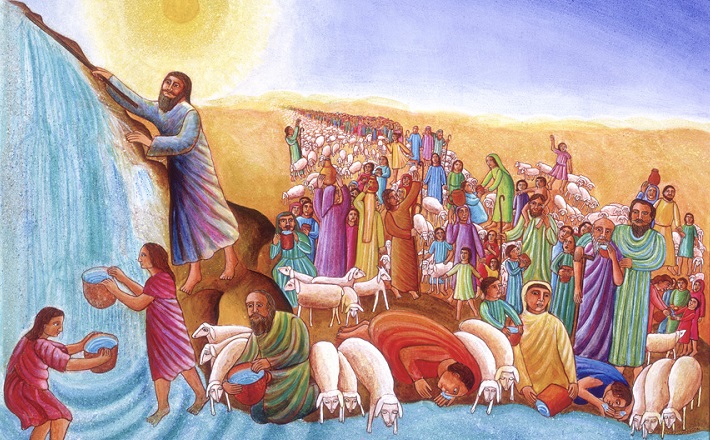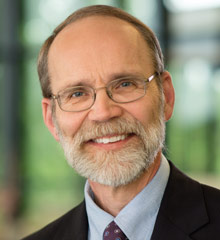Commentary on Hebrews 11:1—12:2
[This is Week 5 of a 5-week preaching series on Hebrews.]
[This is Week 5 of a 5-week preaching series on Hebrews.]
[This is Week 5 of a 5-week preaching series on Hebrews.]
Week 5 (Sept. 6, 2015)
Preaching text: Hebrews 11:1-16 [12:1-2]
This section is about the power of the Word of God to evoke faith. The Word is unseen, but its power is visible through its peculiar effects on human beings. The writer assumes that unbelief is the baseline, and his question is why can there be faith at all? (He was writing to a faltering congregation.) The idea is that if there is to be faith, something beyond our senses must pull it into being.
Examples from the past include Noah, who ordinarily would have seen no good reason to build an ark. Why expend the effort if it is not raining? The Word warned of danger and pointed to deliverance, but neither could be seen. And the Word evoked Noah’s willingness to trust and act faithfully for the sake of an unseen future. Abraham and Sarah were called from their home toward a land they could not see. It was the promise of God that moved them to do this.
The readers themselves are being called from despair to hope. The image of the stadium in 12:1-2 portrays it vividly. (Again, think visually.) Readers are like those being drawn into the race by Jesus, who summons them to engagement. Without the Word, there is no reason for this congregation to persevere. Nothing they can see warrants hope. But they continue to be called into Christ’s future, which they may not see but know through the Word of promise.


September 6, 2015